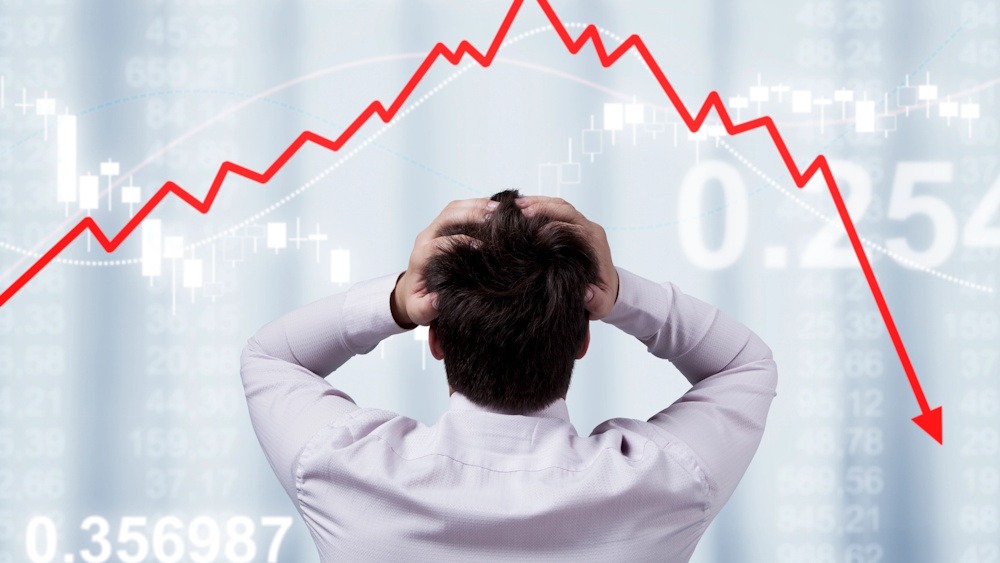
The anticipated interest rate cuts by the Federal Reserve and rising excitement about artificial intelligence have supported gains in the stock market. However, a worsening U.S. labor market could pose a challenge to this rally. The Dow Jones Industrial Average reached a new all-time closing high, and both the S&P 500 and Nasdaq Composite also hit record levels.
During the session, sentiment improved as data revealed that U.S. consumer prices increased in August, which was mostly as expected. At the same time, weekly initial jobless claims rose to almost a four-year high. The figures strengthened expectations that the Fed would cut rates during its meeting on September 16-17, as officials appeared to focus on a weakening labor market rather than persistent inflation. Government yields, which usually go down when prices go up, have also fallen recently. Equity markets keep rising, even as the rates market remains soft. The most recent inflation figures in the U.S. have strengthened this pricing, with rates markets now anticipating about six cuts in the coming year. Interest rates have gone up recently after a time of quick rises in 2022 and 2023 to control a surge in inflation following the pandemic.
The Fed started to lower rates from these high levels towards the end of last year, but stopped its easing process in December. It has kept rates the same since then, with officials partly expressing concerns that broad U.S. tariffs might increase prices. Historically, when rate easing cycles begin, it often happens during times of higher recession risk. However, analysts pointed out that activity has stayed “resilient,” indicating that the economy is “still holding up okay, keeping concerns about a downturn at bay.” At the same time, the rise of AI has continued to support stocks, getting an additional boost this week after Oracle reported strong earnings. The tech sectors in the U.S. and China are experiencing strong profit growth, which is increasing overall equity earnings due to the scale and impact of these companies, according to the analysts.
“As a result, investors have adopted a positive outlook, which we also support.” However, with stock markets reaching record highs, low volatility, and significantly reduced rate expectations, they suggested that any further decline in employment could begin to test the currently favorable economic outlook. They said that protecting against “left tail risk” – which means the chance of an investment facing very bad returns – “makes sense to us.”
